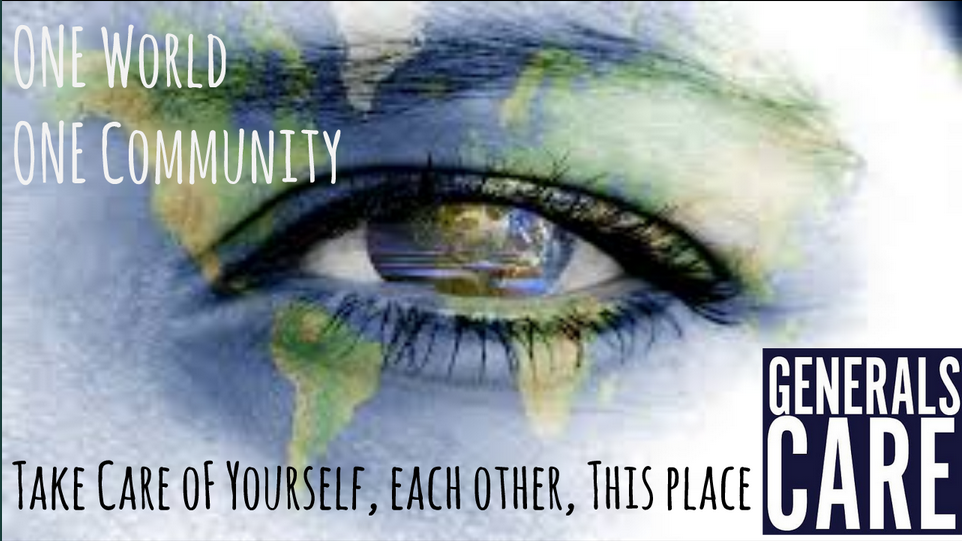Some speculate that the witch trials represented a struggle between social classes. One source notes that the socio-economic elites used it as a form of social control to consolidate their dominance over the poorer sections of the population. Marvin Harris suggested that the “witches” were scapegoats to divert the angst caused by the severe economic crisis of the time period.
Reflect:
Were socio-economic tensions during the 14th - 17th centuries responsible for witchcraft hysteria in the first place?
Justify your reasoning with evidence from this week’s research and other outside resources. Include the following in your overall response:
- What other characteristics did you notice in the identities of the accused peoples of the witchcraft hysteria?
- Provide a thorough explanation of each characteristic (other than socio-economic status) and how it influenced outside (perceived) identity of the people during this time period.
- How did outside identity contribute to historical conflict during the witchcraft hysteria?
